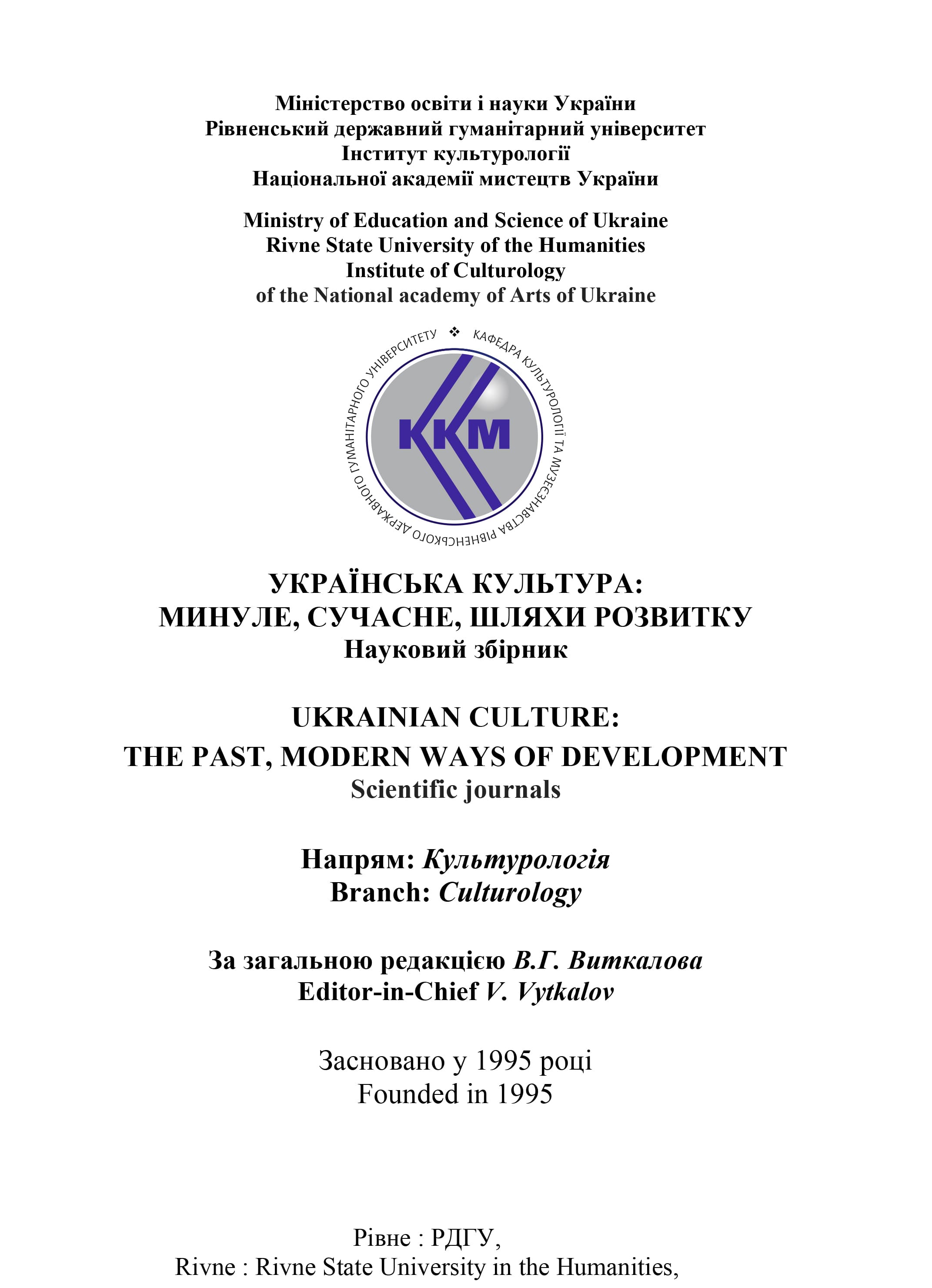STRUCTURAL METHOD INTHESTUDY OF TRYPILLIAN ORNAMENTS
DOI:
https://doi.org/10.35619/ucpmk.vi43.572Keywords:
ornaments of Tryplian people, patterns of ornaments on Tryplian bowls and pots.Abstract
A structural method for the study of ornaments on Trypillian ceramics is proposed. It is believed that the interpretation of structures is a more fruitful method than the interpretation of a single symbol. Seven-, eight- and 28-membered structures of Trypillian ornaments are distinguished. Eight-membered structures on bowls are analyzed (Fig. 1 – 8). There are two types of symbols that, according to the author, denote the four gods and the four goddesses. The symbols of the gods are smaller in size and are placed near the crowns of the bowl, the symbols of the goddesses are larger and placed near the bottom of the bowl. There are two classes of symbols denoting goddesses. The four-membered structures (Figs. 10-12) that were formed as a result of the removal of male gods from the eight symbols are analyzed. (The Trypillians were dominated by the cult of the Goddess, so the symbols of the gods could be neglected). It is believed that the pantheon of Trypillians consisted of the Mother Goddess and the seven deities. Seven-membered structures have been investigated, behind which seven deities, seven spheres of the Cosmos, seven planetary spheres and seven days of the week (quarters of the 28-day month) are hidden. The author believes that the special status of the seven (seven-membered structure) in the worldview of primitive people is due to the desire to reconcile all these factors. The opinion was expressed about the unity of the eight-membered and sevenmembered structures in the religion of the Trypillians (the Goddess was both seven and eight). As a result, the eight could replace the seven. Trypillian ornaments (Figs. 14-17), on which there is a seven-membered structure, are analyzed. The phenomenon of symmetry of this structure is considered. It is suggested that this symmetry is due to the symmetry of the phases of the moon: the aging moon repeats the phases of the young. Since the Goddess of the Moon (a luminary with a 28-
day cycle that coincided with the physiological cycle of a female goddess) was at the same time the Goddess Mother (Cosmos), this symmetry was transferred to the structures of the Cosmos. Hence the seven spheres of the dungeon, which are symmetrical seven celestial spheres. This symmetry of the spheres of the Cosmos can be seen on the ornaments of pots (Figs. 19, 20). Here the Cosmos is transmitted by a trio of symbols denoting goddesses, the symbols of the gods are released. The 28-membered structure (Figs. 21-23) was analyzed, which denoted the Cosmos and the cycles of some planets and female goddesses. The opinion on the unity of all selected structures is expressed. The structural method of studying primitive ornaments allows you to penetrate the semantics of the symbols from which these ornaments are formed.




